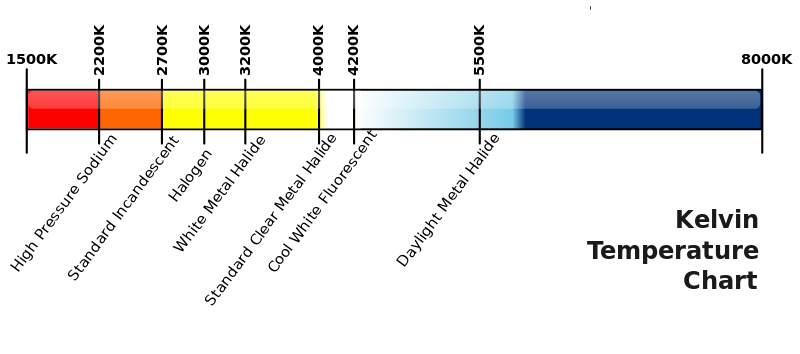
- Image via Wikipedia
Cities’ coarse coasts cause cyclonic course corrections
One of my favorite things about New York City is our almost complete lack of earthquakes and hurricanes. Most reviews of the city don’t start with its lack of natural disasters, but I also love spaghetti because it doesn’t have any bones. Of course, New Yorkers do suffer the occasional small temblor, but those are indistinguishable from the shaking caused by subways, truck traffic or incredibly powerful bass notes coming from car stereos blocks away. And we haven’t had a decent hurricane in my lifetime, although the October 1991 weather event that became known as the Perfect Storm was impressive: because of the driving rain, every stick in the Tri-State area, whether on the ground or flying through the air, served as an infallible divining rod.
Records show that a good-size hurricane hits the New York area every 75 years or so, meaning I may get lucky and see one, or I may get luckier and not see one. But maybe the odds of seeing one are slightly better than I thought. Because, as I just learned, computer models suggest that the very city I love for its lack of hurricanes—along with any other city on a coast— may actually attract monster storms.
Cities, it turns out, are rough. Sure, they’re also tumble, but the roughness in this case is a measure of their topography. Farmland is nice and smooth. Forests have some roughness, with all those trees sticking up and out. But a big city will leave a nasty rug burn on, say, any giant prehistoric lizard, awakened from hibernation by a nuclear explosion, that slides across it.
Here’s how that urban roughness gives hurricanes the come-hither. When a hurricane starts to sample the land, the friction of jagged cities slows down the leading edge more than any adjacent smoother surface does (with all other factors, such as available moisture, being equal). The back of the hurricane hasn’t gotten the news yet, so there’s a pileup.









